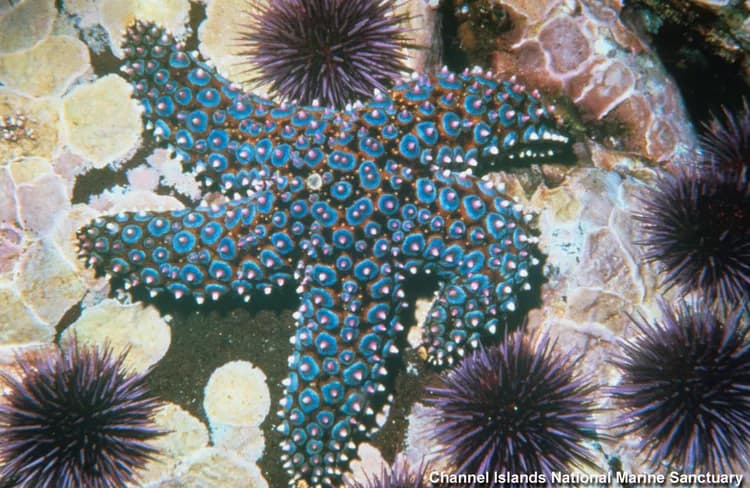What is Starfish Sting?
A starfish is marine creature that normally inhabits the deep ocean floors. Some species are venomous to human beings. Starfish do not attack humans, but can inflict painful stings with the release of venom, when they are accidently stepped upon or handled.
What are the Causes of Starfish Sting?
Most common causes of Starfish Stings include (but are not limited to):
- Exposure to starfish in the deep ocean; generally sea divers are at risk
- Wading in ocean waters without suitable protective clothing
- Picking up starfish with bare hands
- Handling starfish, either alive or dead
- Keeping them as pets or exhibits in aquaria
What are the Signs and Symptoms of Starfish Sting?
Signs and symptoms of Starfish Stings vary according to the type of species the individual is exposed to and the amount of toxin injected. The symptoms may be mild or severe and could include:
- Mild cases:
- Puncture wounds with severe bleeding
- Severe pain
- Itching
- Swelling of the area
- Rashes on the skin
- Tingling and numbness
- Severe symptoms may be systemic and may additionally include:
- Breathing difficulties
- Cough
- Weakness
- Muscular spasms, joint pain and stiffness
- Nausea and vomiting
- Unconsciousness
How is First Aid administered for Starfish Sting?
If a Starfish Sting (or sting or bite of a marine creature) is suspected, it is always important to call your local emergency helpline number (or 911 in the US) without any delay, and provide as much information as possible, even if the individual does not have any symptoms.
Until medical help arrives:
- Move the individual away from the water or incident spot
- Make a note of the exact time of the incident and notify the emergency medical personnel accordingly
- Try to remove the stinger (if visible), by gently scraping the site using a hard-edged object (either metal or plastic) or a pair of tweezers
- Try to identify or locate the marine animal (only if safely possible) and keep the medical personnel informed
- DO NOT give anything orally to the individual
- Unless directed by the physician, DO NOT give any medication
Who should administer First Aid for Starfish Sting?
The individual himself/herself or someone nearby may begin to administer First Aid. Call your local emergency helpline number or 911 immediately as mentioned before.
What is the Prognosis of Starfish Sting?
The prognosis of Starfish Sting is dependent on the potency of the toxin, the severity of reaction, and timely manner in which treatment is administered.
How can Starfish Sting be Prevented?
A few helpful tips to prevent Starfish Sting include:
- Avoid making an attempt to touch or handle marine animals unnecessarily, even if they are pets
- Do not ignore warnings of lifeguards or health officials at the beach
- Wear protective clothing if you plan to swim or dive in infested areas
- Generally be aware or watchful of the waters you are in (to the extent possible)
- Do not handle dead starfish, since they can also cause an accidental sting
What are certain Crucial Steps to be followed?
Do’s:
- Call your local emergency helpline number (or 911) for help
- Remove the victim immediately from the water
- Wear gloves while removing stingers
- When in doubt, wash the affected area with seawater and not freshwater
- If possible, use hot water to repeatedly wash the wound
Don’ts:
- Do not hesitate to call your emergency help services
- Do not remove stingers without wearing suitable protective hand gloves
- Do not medicate the individual, unless advised by a healthcare professional
- Do not move the affected region of the body too much
- Do not run or exercise which might increase the circulation of toxin in the body
- Do not elevate the affected area above the heart level, since this can also increase circulation of the toxin
Related Articles
Test Your Knowledge
Asked by users
Related Centers
Related Specialties
Related Physicians
Related Procedures
Related Resources
Join DoveHubs
and connect with fellow professionals


0 Comments
Please log in to post a comment.